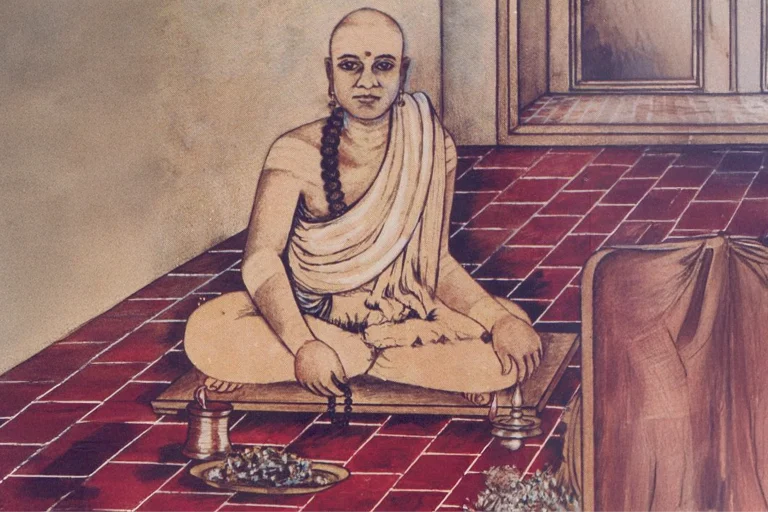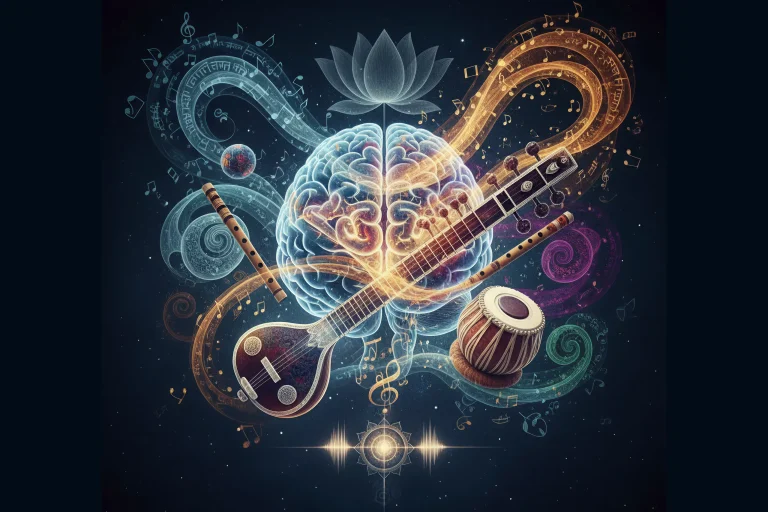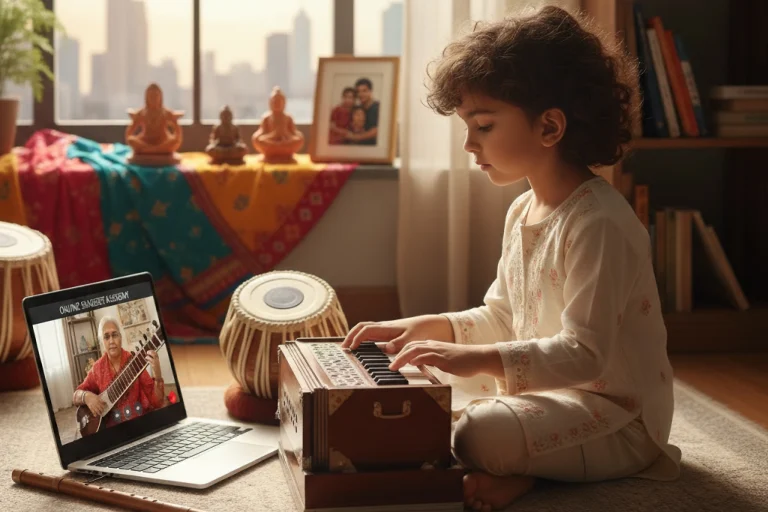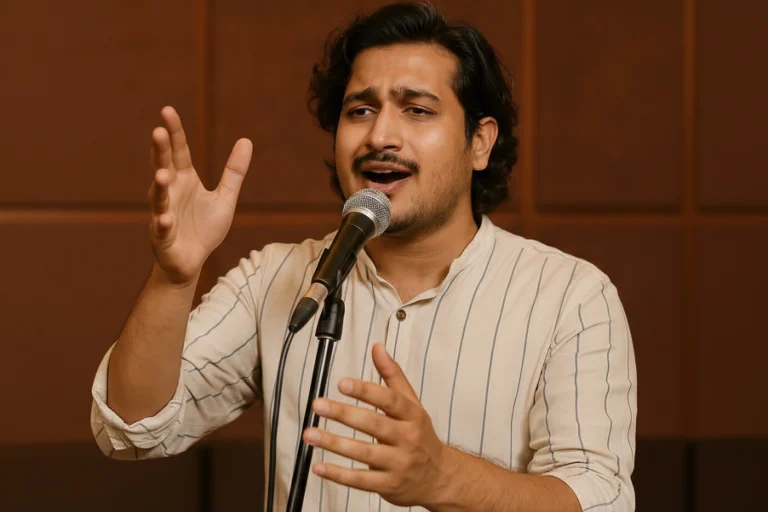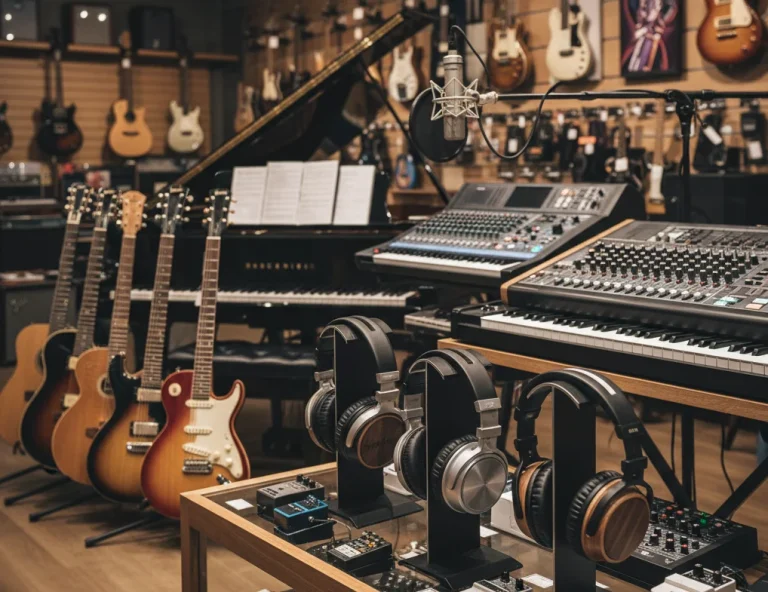All Topics
- Alchemizing Music Concepts for Students
- Artist Spotlight
- artium gift card
- Artium Maestros
- Artium News
- buying guide
- Carnatic Music
- Devotional Music
- Editorials by Ananth Vaidyanathan
- Film Music
- Guitar
- Hindustani Classical Music
- Indian Classical Music
- Indian Folk Music
- Insights
- Instruments
- Karaoke Singing
- Keyboard
- Kids Music
- maestros
- Music Education
- Music for Kids
- Music Industry
- Music Instruments
- Music Legends
- Music Theory
- Music Therapy
- Piano
- piano guide
- Success Stories
- Tamil Film Music
- Telugu Film Music
- Time Theory
- Tools
- Uncategorized
- Vocal Singing
- Vocals
- western classical music
- western music
- Western vocal music
Major Instruments Used in Hindustani Classical Music
Major Instruments Used in Hindustani Classical Music

Table of Contents
The Role of Instruments in Hindustani Classical Music
Hindustani classical music, a vibrant tradition that has evolved over centuries, relies immensely on a variety of instruments to express its complex emotional and spiritual depth. It is a system that not only emphasises vocal performance but also showcases a variety of instruments that contribute to the intricate tapestry of sound that defines the genre. These instruments are not just tools for creating music. In fact, they are vehicles for expressing emotions, storytelling and connecting with music enthusiasts on a very personal level. At its very core, Hindustani classical music is built on rags (melodic frameworks) and talas (rhythmic cycles), and each instrument plays a specific role in bringing these elements to life.
While the human voice is often considered the most powerful instrument in Hindustani music, it is through the amalgamation of various string, wind and percussion instruments that the genre has truly flourished over the years. If you’re wondering What are the Fundamentals of Hindustani Classical Music? this blog will cover it and explore how major instruments contribute to the music’s rich sound.
But before that…
If you’re really excited to start your journey in music, start with a free trial lesson today!
String Instruments
String instruments are central to when you learn classical music, often providing the melodic foundation of a performance. These instruments are played by plucking or bowing the strings, producing a range of sounds that can evoke a wide array of emotions. Let’s explore some of the most prominent string instruments in Hindustani classical music:
Sitar
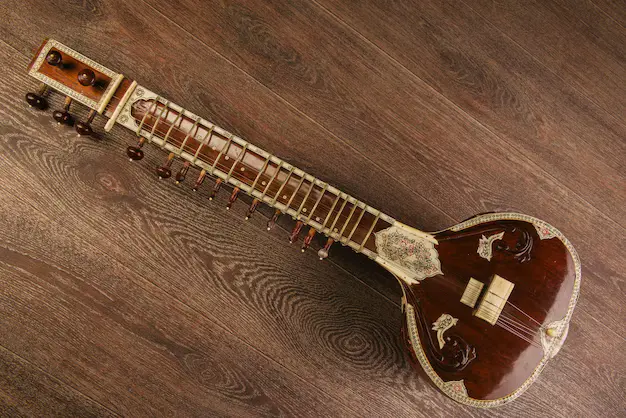
The sitar is perhaps the most iconic and widely recognised string instrument in Hindustani classical music. Known for its resonant and rich sounds, the sitar has been an essential part of Indian classical music since the 16th century. It typically has 18 to 21 strings, with some of them being sympathetic strings that vibrate in response to the primary strings, creating a deep and ethereal sound. The sitar’s ability to produce intricate ornaments called ‘meend’ (slides), gives it a unique voice that resonates with its listeners. You will learn in Indian classical music lessons that it is usually played with a plectrum (mizrab) and requires precise finger movements to bring out the full beauty of the raga.
Sarod
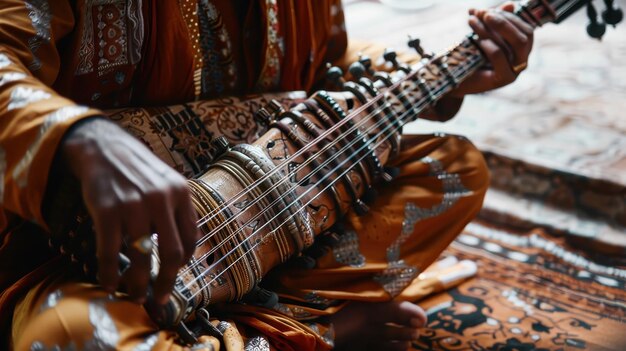
When you learn Hindustani music, you understand that another major string instrument is the sarod, known for its deep, resonant tones and distinct sounds. It is slightly smaller than a sitar but has a great ability to produce sharp, percussive notes. The sarod typically has around 25 to 27 strings, and its metal fingerboard allows for smooth sliding between notes–a feature that is essential for Hindustani music. The sarod is often used to perform fast-paced compositions due to its agility, and its warm, earthy tones, making it a popular choice for musicians who want to evoke a reminiscent or contemplative mood.
Santoor
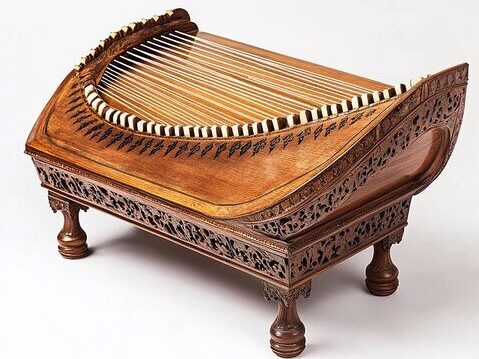
The santoor is a hammered dulcimer, consisting of a series of strings stretched over a rectangular wooden frame. Then, musicians strike off the strings with mallets, creating a sound that is both percussive and melodic. Originally from the Kashmir region, the santoor has a unique, bell-like sound that is soothing and melodious. It is a relatively newer addition to Hindustani classical music but has quickly gained popularity due to its distinctive tonal quality and ability to play complex rhythmic patterns.
Veena
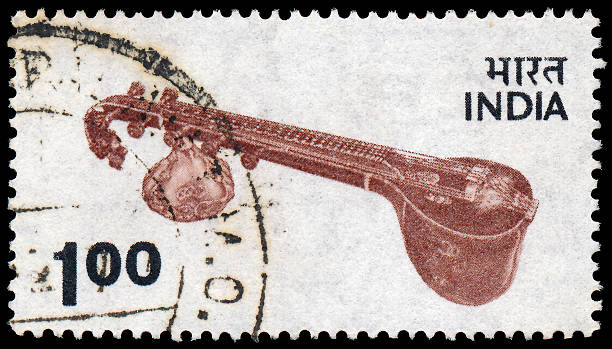
When you attend Hindustani classical vocal classes, you understand that the veena is one of the oldest string instruments in Indian classical music, dating back to the Vedic period. The instrument has a large wooden body and usually consists of 4 to 7 strings, some of which are plucked and others that resonate sympathetically. The veena is known for its deep and mellow sound, which can produce a variety of tonal colours. It is often associated with Carnatic music but is also an important instrument when you learn Hindustani music, particularly for rendering intricate ragas with rich tonal textures.
Wind Instruments
The Role of Tala in Hindustani Classical Music and wind instruments in this art form is essential in producing melodic lines and enhancing the raga’s mood. These instruments rely on air pressure to create sound and are known for their ability to express emotion through breath control.
Bansuri
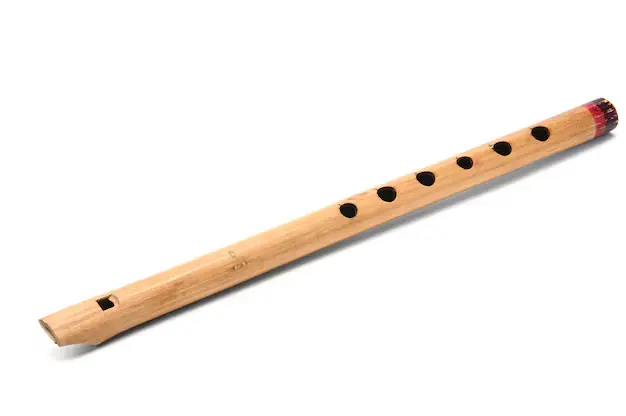
The bansuri or bamboo flute is one of the most revered wind instruments in Hindustani classical music. It has a soothing, ethereal sound that makes it a favourite amongst both musicians and listeners. The bansuri typically has six or seven finger holes and is played by blowing air across the mouthpiece while using the fingers to alter the pitch. Its versatility allows it to be used in various ragas, from slow, meditative compositions to fast-paced and energetic pieces. The bansuri’s delicate and soulful sound is believed to be capable of connecting with the listener’s heart, often evoking a profound sense of tranquillity when you learn Indian classical music.
Shehnai
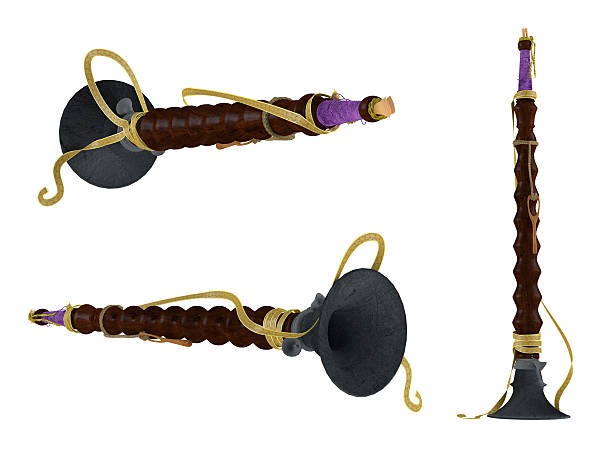
The shehnai is a double-reed instrument, similar to oboe, that is known for its loud, resonant sound. Traditionally used in religious and celebratory settings, the shehnai is a staple when you learn Hindustani music. Its vibrant sound makes it an excellent choice for playing intricate melodic lines. It is played by blowing the air through the reed, and the pitch can be altered by adjusting the finger placement on the instrument’s holes. The shehnai is often used in the opening sections of classical performances, where its bright sound sets the tone before the performance begins.
Harmonium

The harmonium has become an extremely integral part of the genre. This instrument is essentially a keyboard with bellows and is often used when conducting vocal performances. While it is most definitely capable of producing both melodic and harmonic content, its main role when studying Indian classical music lessons is to provide a drone, supporting the singer or instrumentalist as they try to get a hang of the raga. The harmonium’s warm and gentle tone enhances the overall texture of the music when you learn Indian classical music lessons.
Percussion Instruments
Percussion instruments are the backbone of Hindustani classical music, providing the rhythmic structure that underpins the melodies. The dynamic interplay between rhythm and melody is one of the defining features of this tradition.
Tabla
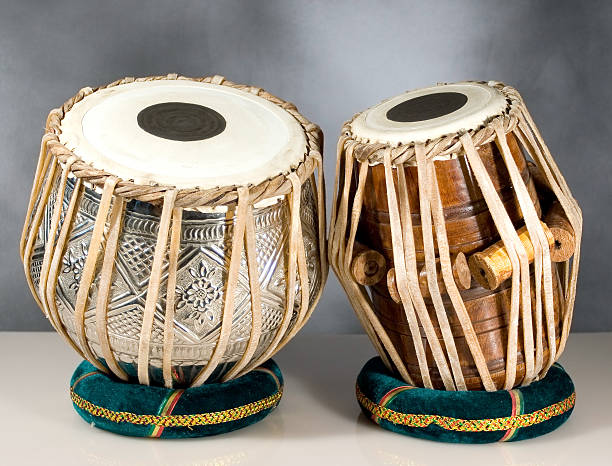
The tabla is one of the most iconic percussion instruments in Hindustani classical music. Comprising two drums–the smaller ‘dyaan’ (right drum) and the larger ‘bayan’ (left drum), the table is played with the fingers and palms, producing a wide range of sounds from sharp to crisp to deep and resonant. The tabla is used to perform complex rhythmic cycles (talas), and it requires exceptional skill to master the intricate patterns. Tabla players often perform a duet, with one musician providing rhythm while the other plays variations, creating a captivating and lively interaction.
Pakhawaj

The pakhawaj is a two-headed barrel drum used primarily in the dhrupad tradition of Hindustani classical music. It has a deeper, more resonant sound compared to the tabla, and its large size allows it to produce a wide range of tones. The pakhawaj is played with both hands and fingers, and it is often used to accompany dhrupad vocalists or instrumentalists. Its rhythmic patterns are usually slower and more meditative, allowing the musician to explore complex and slow-moving talas.
Mridangam

Although primarily associated with Carnatic music, the mridangam is also used in Hindustani classical music, particularly in fusion performances. This double-headed drum produces a variety of sounds depending on where it is stuck and it is known for its deep and resonant tones. This instrument also offers rhythmic accompaniment and can also be used to enhance the emotional depth of a raga.
The Interplay of Instruments
Hindustani classical music shines in the harmonious interplay of instruments. Whether it’s a sitar with tabla or a bansuri with pakhawaj, the blend of melody and rhythm creates a truly captivating experience. In performance, instruments interact with each other rather than stand-alone. Percussion instruments like tabla provide rhythm, while strings and winds weave melodies together, often in call-and-response. The constant dialogue creates a dynamic and layered sound, especially in ensemble settings.
Conclusion
Hindustani classical music is an ancient and intricate tradition that has evolved through centuries, and the variety of instruments used in its performances makes it one of the most captivating musical systems in the world. From the soulful melodies of the sitar and bansuri to the rhythmic precision of the tabla and pakhawaj, each instrument plays a critical role in bringing a raga to life. If you’re interested in learning more about major instruments used in Hindustani classical music, then music academies such as Artium Academy can be a great place to start. With extensively trained instructors and a personalised music learning approach, we at Artium Academy offer online music lessons and 1:1 guidance to help you discover the beauty of this ancient musical tradition.
Take the first step towards a successful musical journey, Book A FREE Trial with us today!
FAQs
Q. What are the major types of instruments used in Hindustani classical music?
Ans: Hindustani classical music primarily features three types of instruments: string instruments like the sitar and sarod, wind instruments like the bansuri and shehnai, and percussion instruments like the tabla and pakhawaj.
Q. Which string instrument is most commonly associated with Hindustani classical music?
Ans: The sitar is one of the most iconic string instruments in Hindustani classical music, known for its rich, resonant sound and ability to produce intricate melodic patterns.
Q. What role does the tabla play in Hindustani classical music?
Ans: The tabla provides rhythmic accompaniment in Hindustani classical music, creating complex rhythmic cycles (talas) that complement the melodic structure of a performance.
Q. Is the harmonium commonly used in Hindustani classical music performances?
Ans: Yes, the harmonium is widely used to provide a melodic drone that supports vocalists and instrumentalists, ensuring they stay in tune with the raga being performed.
Q. Can I learn to play Hindustani classical instruments online?
Ans: Absolutely! Platforms like Artium Academy offer expert-led online classes for various Hindustani classical instruments, including sitar, tabla, and bansuri, with personalized 1:1 guidance.

